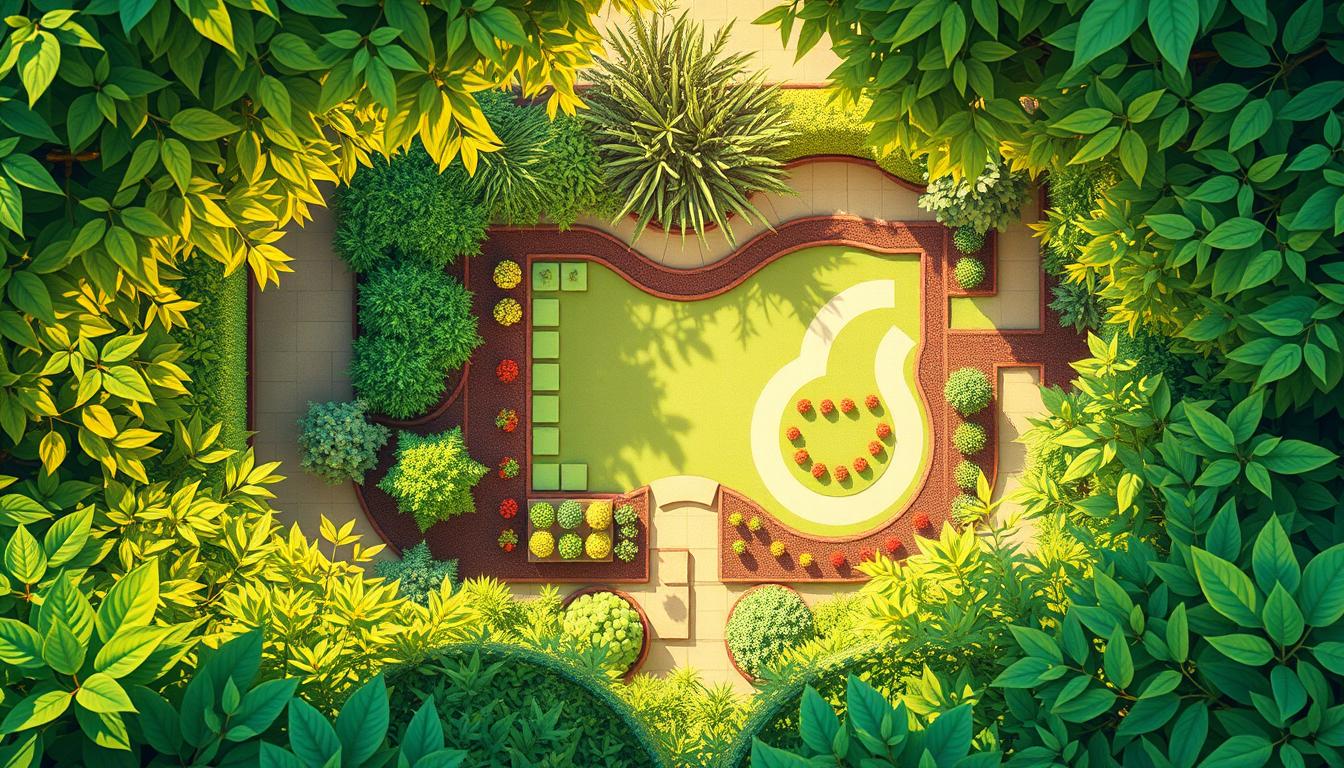As winter fades, many of us eagerly look forward to the warmer months and the chance to reconnect with nature. Spring is the perfect time to start thinking about how to organize your outdoor space for the upcoming season. Whether you’re a seasoned green thumb or just starting out, having a clear vision can make all the difference.
To help you get started, we’ve created a free printable planner that simplifies the process. This tool is designed to help you visualize your planting areas and keep track of your ideas. It’s a great way to involve the whole family in the process, especially during those chilly days when outdoor activities are limited.
Our planner includes practical worksheets tailored for beginners, making it easy to map out your space and choose the right plants. With these resources, you’ll be able to strategically plan your outdoor area, ensuring a thriving and beautiful result. Let’s dive in and make this season your most organized yet!
Key Takeaways
- Spring is the ideal time to start organizing your outdoor space.
- A free printable planner helps visualize and track planting ideas.
- Family-friendly activities make planning enjoyable during colder months.
- Practical worksheets simplify the process for beginners.
- Strategic planning ensures a thriving and beautiful result.
Introduction to Garden Planning
When the days grow shorter and colder, it’s the perfect time to start dreaming about your next outdoor project. Winter’s downtime can be transformed into productive preparation for the warmer months ahead. Instead of waiting for spring, use this season to map out your vision and set the stage for success.
Visualizing your future outdoor space during the cold months offers more than just practical benefits. It can boost your mood and provide a sense of purpose. Imagining lush greenery and vibrant blooms can make the winter season feel less daunting and more inspiring.
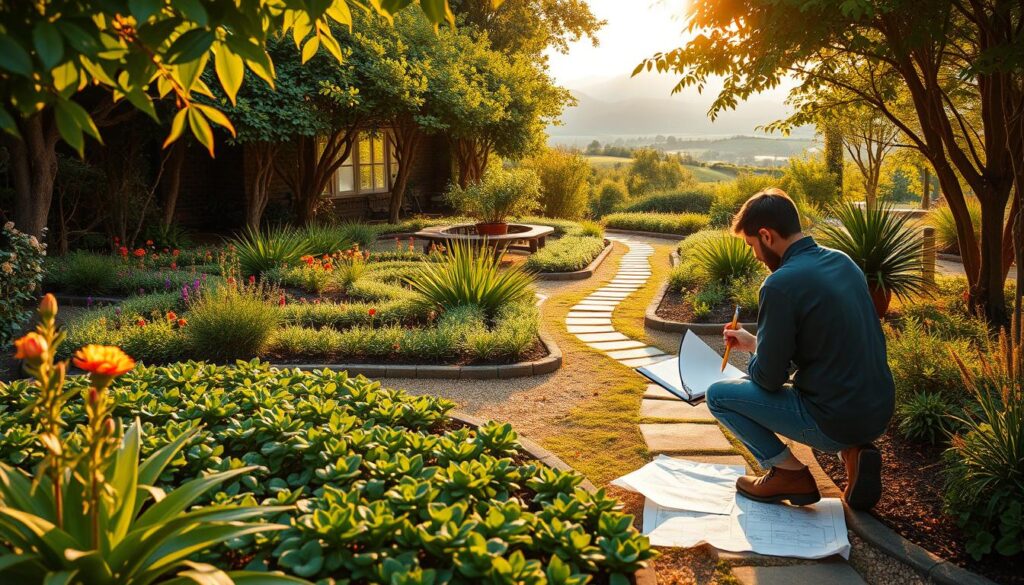
To get started, focus on three key phases: seed selection, space mapping, and understanding growing conditions. Choosing the right seeds is crucial, and trusted suppliers like Baker Creek Heirloom Seeds can help you find high-quality options. Mapping your space ensures you make the most of every inch, while understanding your growing conditions guarantees a thriving result.
To simplify the process, we’ve created downloadable templates that make layout design easy and fun. These tools are perfect for beginners and seasoned enthusiasts alike, helping you turn your winter dreams into a summer reality.
Getting Started with Your Garden Plan
Spring is just around the corner, and it’s time to bring your outdoor dreams to life. Whether you’re a beginner or looking to refine your approach, starting with a clear strategy ensures success. Let’s explore how to begin your journey with confidence.
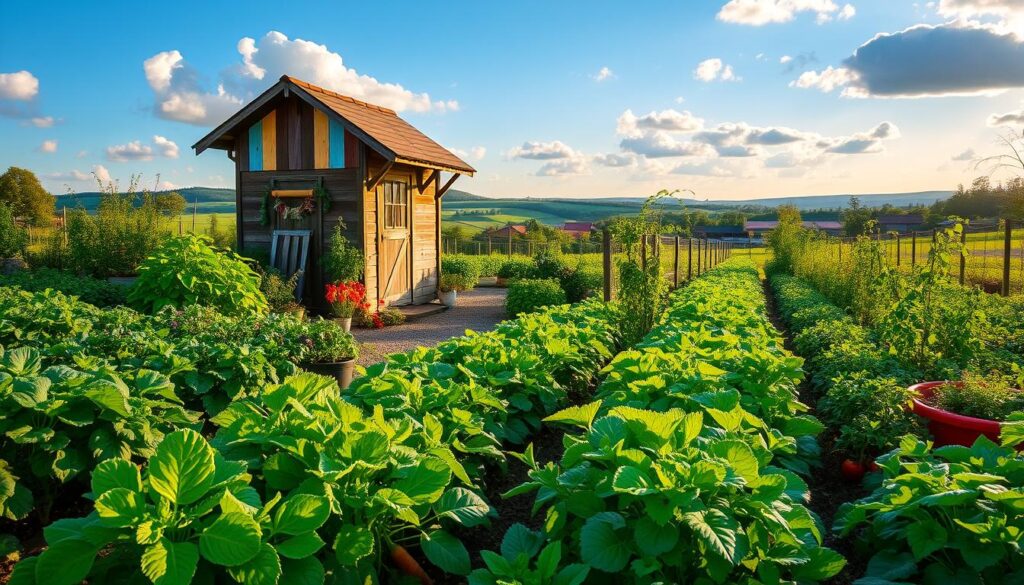
Starting Small: Tips for Beginners
If you’re new to outdoor projects, starting small is key. Focus on a single 8×4 bed to manage your space effectively. Choose plants that your family loves, such as tomatoes, lettuce, or herbs. This approach makes the process enjoyable and less overwhelming.
Here are a few essential tools to get started:
- Measuring tape for accurate spacing.
- Plant markers to keep track of your planting.
- Soil testing kit to ensure optimal growing conditions.
Avoid common mistakes like overcrowding or ignoring crop rotation. These small steps will set you up for a thriving vegetable garden.
Ordering Seeds and Seedlings
Deciding between seeds and seedlings depends on your commitment level. Seeds are cost-effective but require more time and care. Seedlings, on the other hand, offer a head start and are ideal for beginners.
Here’s a quick comparison:
| Option | Pros | Cons |
|---|---|---|
| Seeds | Affordable, wide variety | Longer growing time |
| Seedlings | Faster results, less effort | Higher initial cost |
For high-quality options, consider trusted suppliers like Baker Creek Heirloom Seeds. Their selection ensures you get the best start for your plans.
Ideal Growing Conditions for Your Garden
Creating a thriving outdoor space starts with understanding the ideal conditions for your plants. Whether you’re growing flowers, herbs, or vegetables, providing the right environment ensures healthy growth and bountiful harvests. Let’s explore the key factors that contribute to a successful gardening experience.
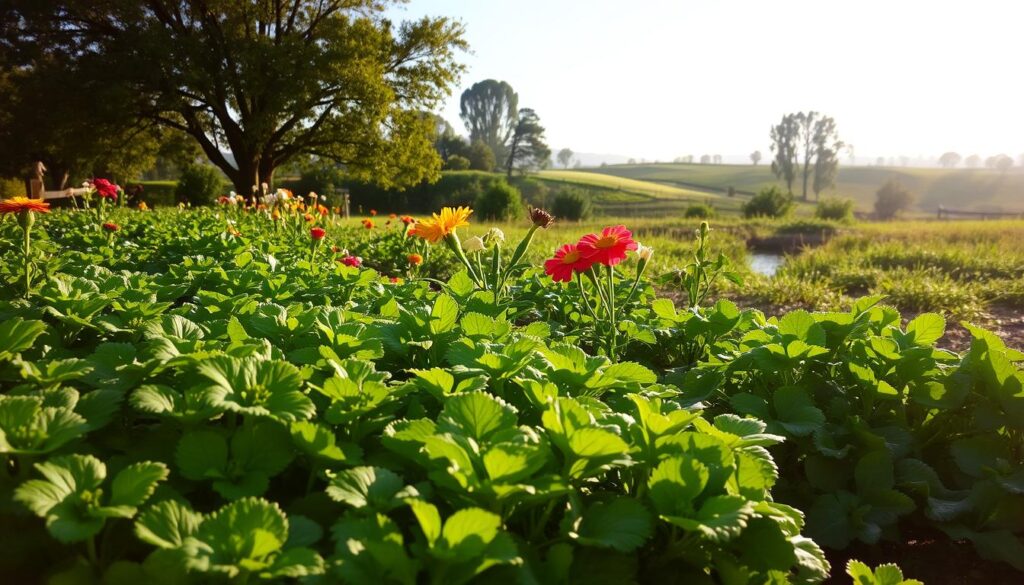
Understanding Your Hardiness Zone
Knowing your USDA hardiness zone is the first step in choosing the right plants for your area. This tool helps you identify which plants are most likely to thrive in your climate. For example, Zone 5 is ideal for cool-season vegetables like broccoli and carrots, while Zone 9 supports heat-loving plants like peppers and okra.
Use the USDA zone finder tool to determine your zone and plan your planting calendar accordingly. This ensures your plants have the best chance of success throughout the growing season.
Soil Quality and Pest Control
Healthy soil is the foundation of a productive garden. Start by testing your soil’s pH balance and nutrient levels. Most plants prefer a pH between 6.0 and 7.0. Adding organic matter, like compost, improves soil structure and provides essential nutrients.
Companion planting is a natural way to deter pests. For example, planting marigolds alongside tomatoes can repel harmful insects. Additionally, organic pest control methods, such as neem oil or diatomaceous earth, keep your garden safe without harsh chemicals.
Here’s a quick guide to managing water for different bed types:
| Bed Type | Watering Technique |
|---|---|
| Raised Beds | Deep watering once or twice a week |
| In-Ground Beds | Frequent, shallow watering |
Seasonal maintenance is also crucial. From pre-planting soil preparation to post-harvest cleanup, staying on top of tasks ensures your garden remains healthy year-round. With the right conditions and care, your outdoor space will flourish.
Using Garden Plan Templates
Designing your outdoor space becomes effortless with the right tools and strategies. Templates simplify the process, helping you visualize and organize your ideas effectively. Whether you prefer a structured approach or a creative twist, these resources cater to all skill levels.
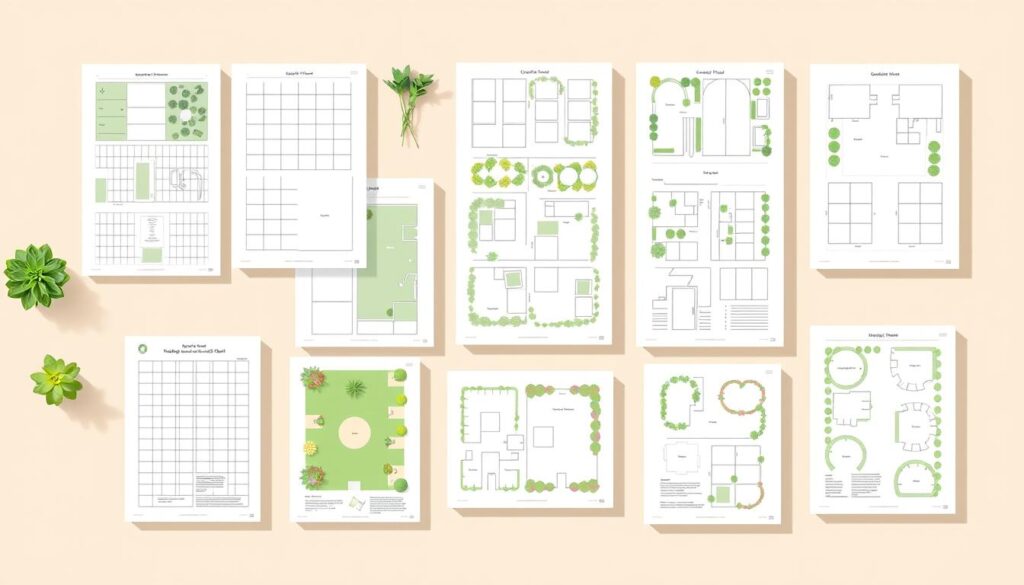
Structured Garden Bed Planning
For those who love precision, the structured template is a game-changer. It features a grid system for optimal plant spacing, ensuring each plant has enough room to thrive. For example, Brandywine tomatoes require 24 inches of space, which the grid clearly outlines.
This template also includes a companion planting diagram. Pairing plants like tomatoes and basil can improve growth and deter pests. The numbered system makes it easy to follow and adapt to your needs.
Succession planting strategies are another highlight. By modifying the template, you can plan multiple crops in the same bed throughout the season. This maximizes your space and extends your harvest.
Artistic Garden Planning
If creativity is your strength, the artistic template is perfect for you. It features watercolor designs that make planning a fun and visually appealing activity. This option is also great for involving kids, turning it into an educational project.
Laminate the instructions for durability, allowing you to reuse the template year after year. Share your creations on social media using the handle @azurefarm to inspire others and connect with like-minded enthusiasts.
“Templates transform the planning process from overwhelming to enjoyable, making it accessible for everyone.”
For more inspiration on outdoor design, check out our guide on boho farmhouse decor. It’s a great way to blend functionality with style in your outdoor space.
| Template Type | Best For | Key Features |
|---|---|---|
| Structured | Precision and efficiency | Grid system, companion planting, succession strategies |
| Artistic | Creativity and family fun | Watercolor designs, educational activities, reusable |
Conclusion
With the right tools and a clear vision, transforming your outdoor space becomes an achievable goal. From winter preparation to spring planting, a structured approach ensures success. Many have seen impressive results using our templates, turning their dreams into thriving harvests.
For those looking to take their gardening to the next level, our 9-page printable bundle offers advanced tracking and organization. Share your progress on social media to inspire others and connect with a community of like-minded enthusiasts.
Start your journey today with confidence. Happy planning! PIN FOR LATER AND SHARE!

